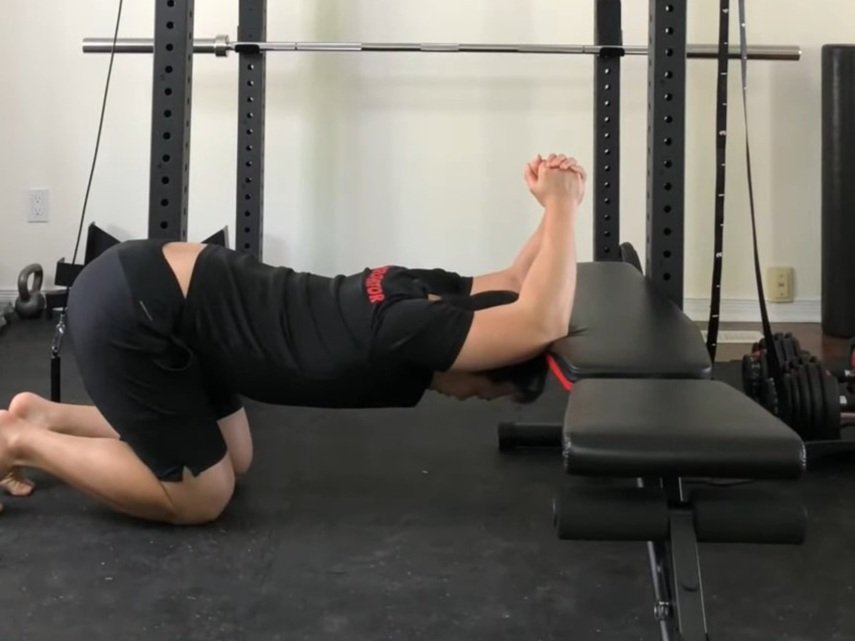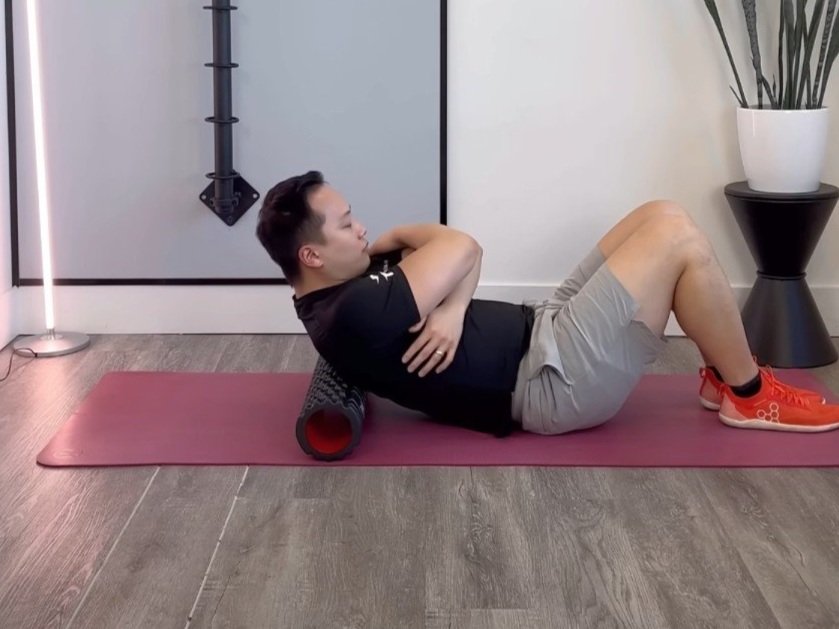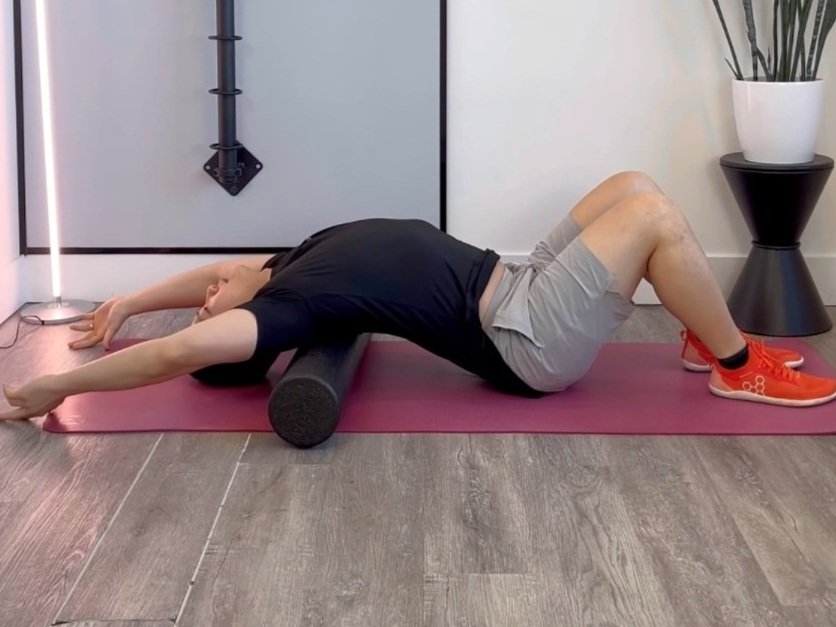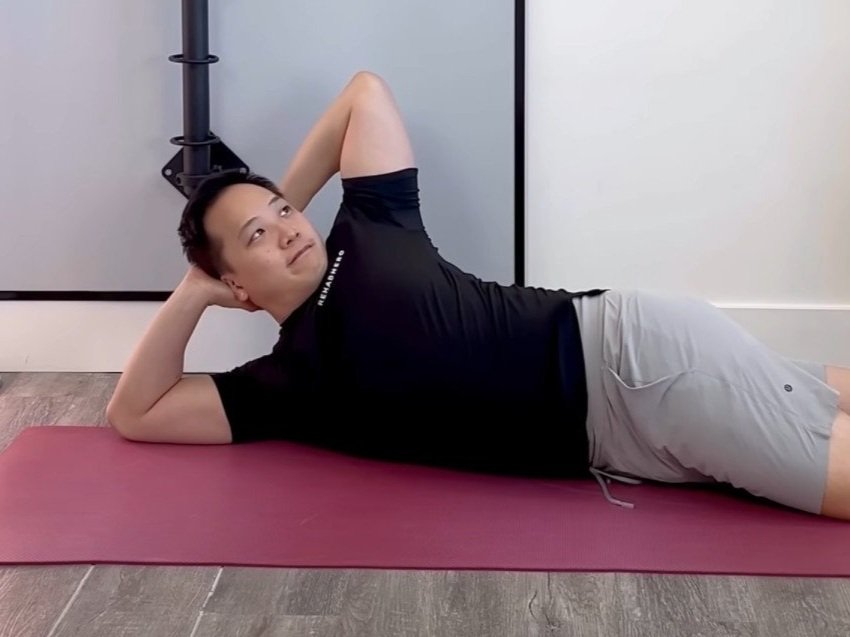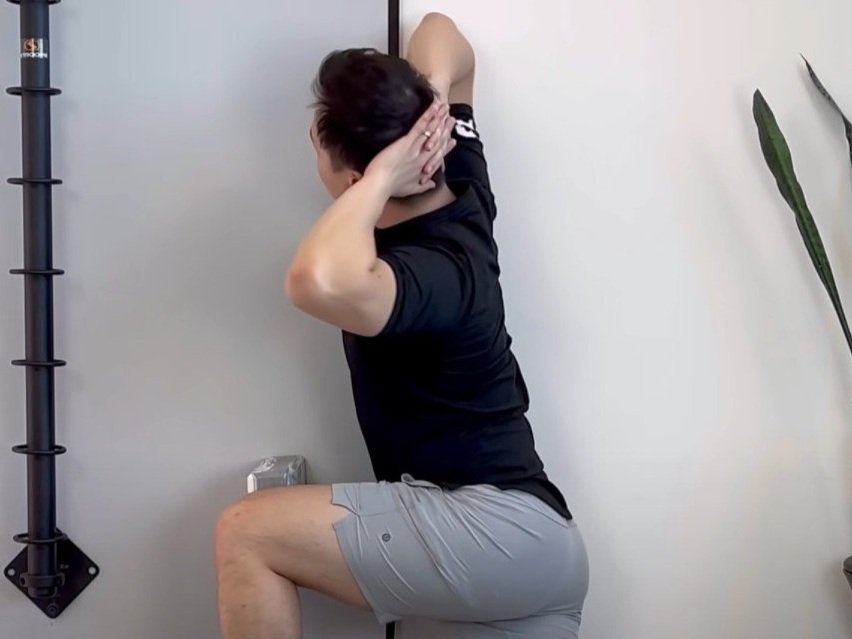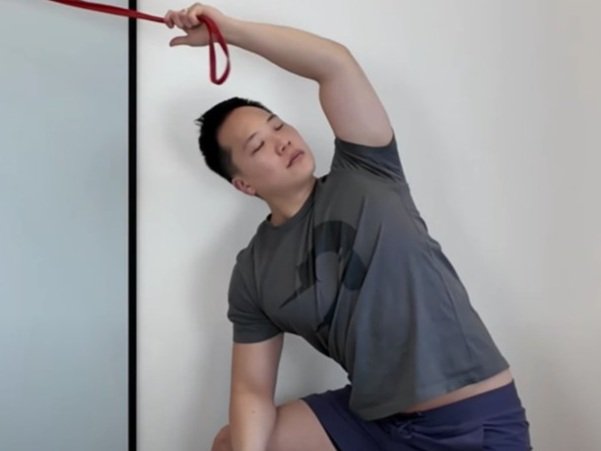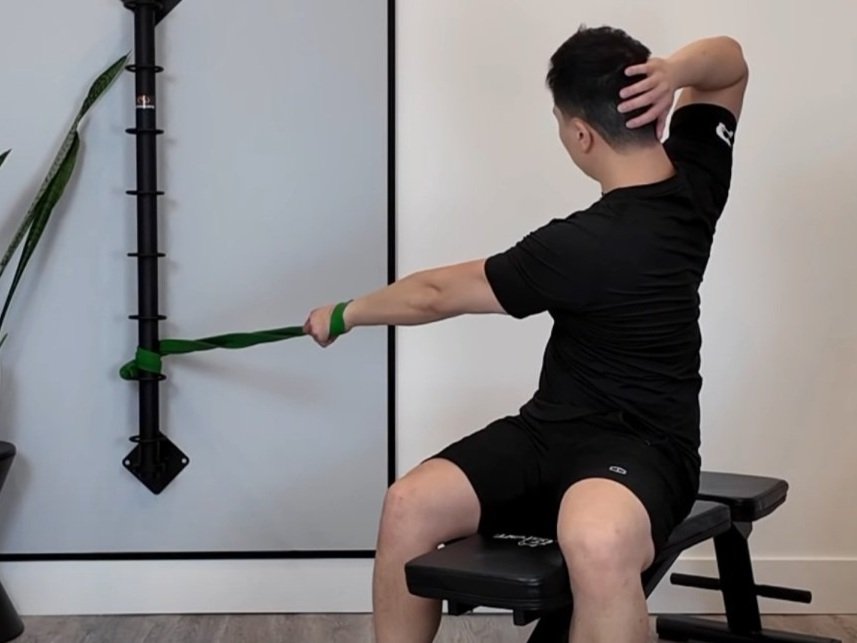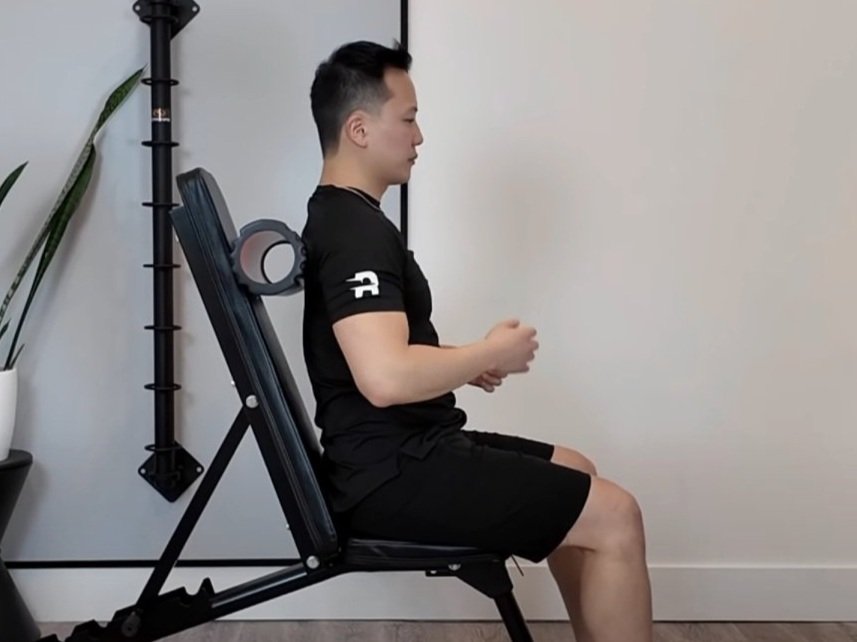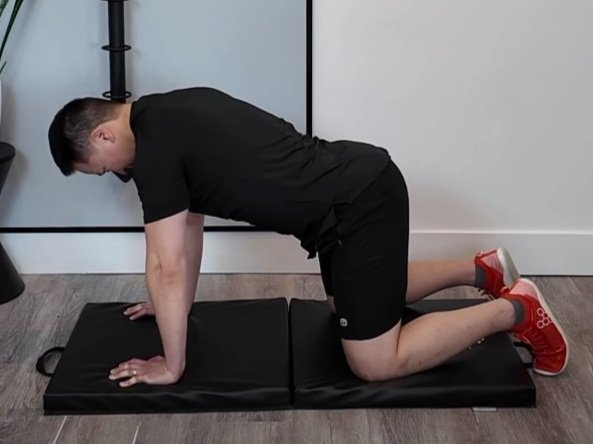Cervical and Thoracic Spine Kinematics
The Relationship Between The Neck and Upper Back
Understand why your neck problem might be an upper back problem and vice-versa.
Does the upper back affect your neck?
There are reports that the cervicothoracic junction sagittal orientation can determine the cervical lordosis, and it is not uncommon to note a change in cervical lordosis with an increase in thoracic kyphosis. This notion is further supported in a study examining cervical and thoracic motion during seated head retraction and protraction. It was noted that 30% of the head motion in the sagittal plane occurred at the cervicothoracic junction (C7-T4), and 10% occurred in the thoracic region (T5-12).
Another study by Tsang et al. had found similar results, noting that 5.2% to 12.4% of overall neck mobility was attributed to segments between T6-T12 in healthy women. This same study had also observed that the upper thoracic spine contributed anywhere from 9.9% to 25.1% of overall neck mobility (across 6 different directions) in healthy women. The contribution was highest for flexion and extension, and lowest for left and right rotation. This increases the efficacy of treating the thoracic spine for patients with neck pain.
How does the neck articulate with the back?
The articulation of the lower cervical spine (oriented posterolaterally) and C7-T2 vertebra (oriented anterior and inferior) allows for increased flexion and extension at these regions. Prior to the previously mentioned study that examined thoracic spine movement in neck mobility, it was noted that cervical flexion and extension was initiated and terminated in the lower cervical spine (C4-7), with the highest amount of flexion and extension occurring at the C6-7 segments. Now it is believed that the thoracic spine plays a role in contributing to flexion and extension mobility. Tsang et al. had also noted that there was synchronized coordination between the thoracic and cervical spine during motion which may play a role in maintaining neck mobility and health.
Can upper back stiffness lead to neck stiffness?
Associations between decrease neck mobility and thoracic spine dysfunction have also been noted in literature. Restrictions of neck mobility were found to be associated with hypomobility due to thoracic scoliosis. Additionally, anterior-posterior translation of the thoracic spine was noted to be an important factor in allowing full excursion of cervical protraction and retraction.
There is also evidence suggesting that spinal manipulation, mobilization, and exercise of the thoracic spine (particularly the upper thoracic spine) has positive outcomes for cervical mobility and pain intensity.
Who can provide spinal manipulation, mobilizations and exercise?
Spinal manipulation can be provided by your local chiropractor and some certified physiotherapist. Joint mobilizations for the cervical and thoracic spine can be provided by chiropractors, physiotherapists, massage therapists and acupuncturists. The goal of this type of manual therapy is to create a neuro-physiological response in the body to decrease pain & disability. Exercises may be prescribed by your chiropractor, physiotherapist or massage therapist as well, all of which have advanced knowledge in anatomy and biomechanics. You can book in with a Rehab Hero practitioner by clicking the button below:
Is chronic neck pain affected by the upper back?
Another study by Tsang et al. had examined the impact chronic neck pain had at altering spine kinematics between the cervical and thoracic spines. Significant differences were noted in differential kinematics (angular velocity and acceleration) and movement coordination, but not in spatial kinematics (angular displacement), and were lower in all movement planes in the neck pain group compared to the control (healthy) group.
The lack of change in spatial kinematics suggests that clinical improvements in neck pain after mobilizations or manipulation of the thoracic spine is not directly due to a change in cervical spine mobility, but rather, other mechanisms such as neuro-physiological responses. It is likely that the altered movement patterns are compensatory or consequential of the neck pain.
This finding also suggests that altered kinematics in one spinal region can influence the kinematics of an adjacent spinal region. Therefore, it was determined that clinicians should be vigilant in assessing adjacent spinal regions. The linkage between the cervical and thoracic spine movement may be partially due to the attachment points of the thoracic erector spinae.
Finally, it was noted by the authors that kinematic changes were not associated with pain or functional disability, but perceived level of physical and mental awareness.
Exercises for the Thoracic Spine
Mobility based exercise may be prescribed by a physiotherapist, chiropractor or massage therapist near you. These exercises focus on restoring full active range of motion in the thoracic spine (upper and mid back). Here are a few exercise options:
Written By:
Dr. David Song, Chiropractor, Rehab Coach
References
Tsang S, Szeto G, Lee R. Normal kinematics of the neck: The interplay between the cervical and thoracic spines. Manual Therapy [serial on the Internet]. (2013, Oct), [cited November 7, 2017]; 18(5): 431-437. Available from: SPORTDiscus with Full Text.
Tsang S, Szeto G, Lee R. Movement coordination and differential kinematics of the cervical and thoracic spines in people with chronic neck pain. Clinical Biomechanics [serial on the Internet]. (2013, July), [cited November 7, 2017]; 28(6): 610-617. Available from: SPORTDiscus with Full Text.



